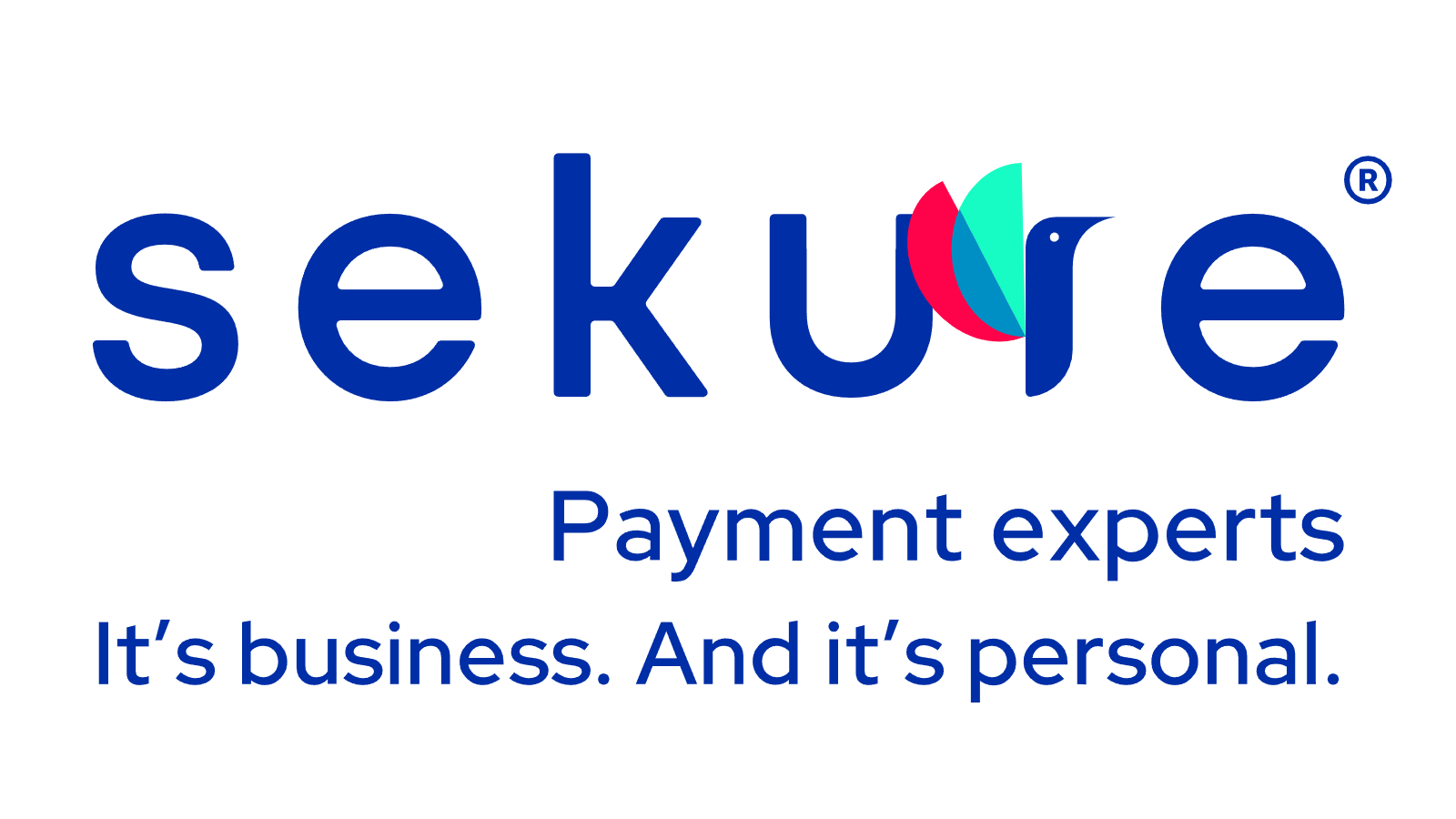Digital Tools to Boost Ecommerce Sales

The world of retail is constantly evolving. The pandemic has overturned traditional brick-and-mortar business models, forcing SMBs to shift their focus online. Many businesses who lagged are now playing catch-up, however, and pulling out all the stops to play the online sales game. Does this sound familiar? This article explores the importance of digital tools and outlines a few core tools that will help you maximize your ecommerce potential and snag some of the millions of customers who continue to flock online.
What Are Digital Tools?
According to an enlightening 2019 Deloitte report entitled The Performance of Small and Medium Sized Businesses in a Digital World, “[D]igital tools are services, platforms and marketplaces that business use for marketing and communicating with customers, managing internal processes and logistics, and executing sales and payments (e.g., email, websites, social media, cloud-based software, etc.).” Digital tools, therefore, can range from anything as simple as a website or landing page to something as complex as Google Analytics and multichannel marketing campaigns.
Why Are Digital Tools Important?
Companies with increased digital engagement usually perform better than those with a more rudimentary use of digital tools, the same Deloitte survey found. Indeed, these more-engaged businesses have a growing customer base, greater access to U.S. and international markets, better financial performance and more innovative practices. Digital tools make it possible to advertise products and services, build customer engagement and maintain customer relationships, and even reduce operating costs.
Key Digital Tools
Website
Your website will likely be a prospective customer’s first interaction with your business and brand, so you need to make a lasting impression. Moreover, in order to drive engagement and sales, your website needs to be designed to help the customer along their journey. Remember, you want to pull your sales leads along, not push them through. Ideally, your website will be a funnel that guides users, building engagement along the way. The ultimate goal is to make them take action, i.e., purchase your product or service. To learn more about this purchasing funnel and how to apply it to your website, check out the AIDA model.
Even if you have a basic website that lacks ecommerce capabilities or are in the process of building one that allows online purchases, you can still pair it with a virtual terminal to accept payments over the phone and card-not-present transactions. Thankfully, though, building a fully functional and ecommerce-enabled website has never been easier. Affordable and user-friendly website builders abound, so you should have no trouble finding one that’s right for your business.
Social Media
If you haven’t been leveraging social media tools like Facebook and Instagram to boost your business, you should. Social media marketing can help you drive traffic and sales, build brand awareness, engage your audience, connect with customers, and provide support, among other things. For example, Instagram boasts over 110 million users in the U.S. alone, while Facebook has over 2.45 billion monthly active users worldwide.
Users of each platform vary according to geographic location and age groups, so you can use these demographics to inform your brand’s strategy and target your offerings. Generally speaking, Instagram is more popular among the younger crowd, while devoted and active Facebook users tend to be older. In addition to the marketing and brand-building value of Instagram, its Shopping service allows you to sell on the platform itself.
Search Engine Optimization
While having a top-notch website is a good first step, it’s useless if no one visits it. Enter search engine optimization, or SEO. This process involves improving both the quality and quantity of traffic to a website or webpage through search engines. As you are likely aware, most of the world’s search traffic comes from Google, which uses a complex algorithm to identify which pages to return in response to a search.
When it comes to searches, the higher you rank, the better. In fact, only 8.5% of traffic makes it past the first page, so you want to do your best to rank high. If you’re looking for an intro to SEO, Google has an in-depth SEO starter guide to help you on your way. What SEO criteria does Google use? Some of the key ones are website security and accessibility, page speed, mobile-friendliness, domain age (older domains usually rank higher), and optimized content, such as keywords.
Conclusion
These are but a taste of the digital tools available to get your ecommerce game off the ground. The whole process might seem overwhelming at first. But start with the basics, and build as you go—before you know it, you’ll have an advanced website, be able to use data insights to market products, and master SEO to drive customer awareness and sales. Yes, the learning curve may be steep, but the long-term benefits for your operations are undeniable. Contact us at Sekure, and we’ll help you find new ways to sell online.
Categories













